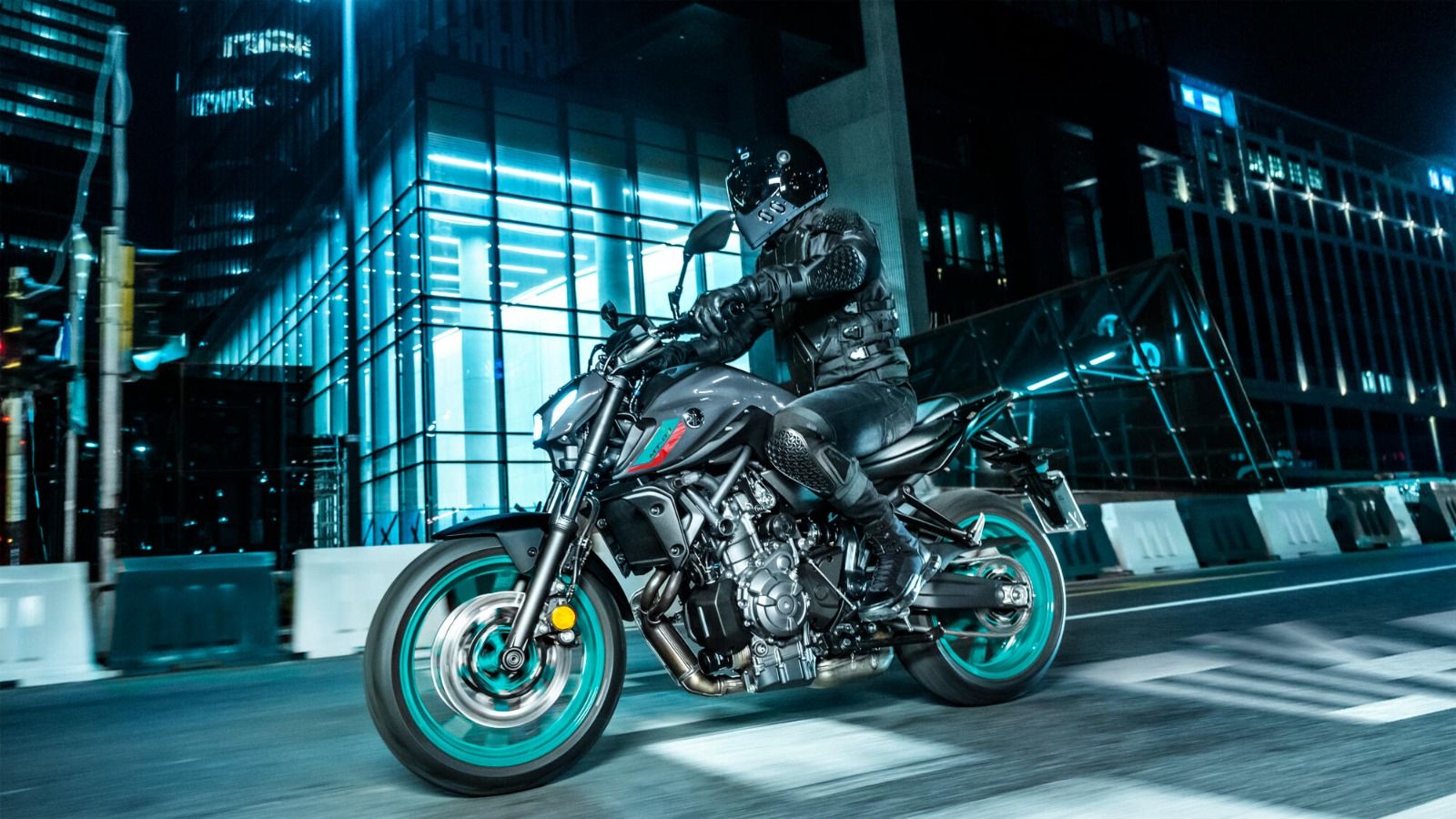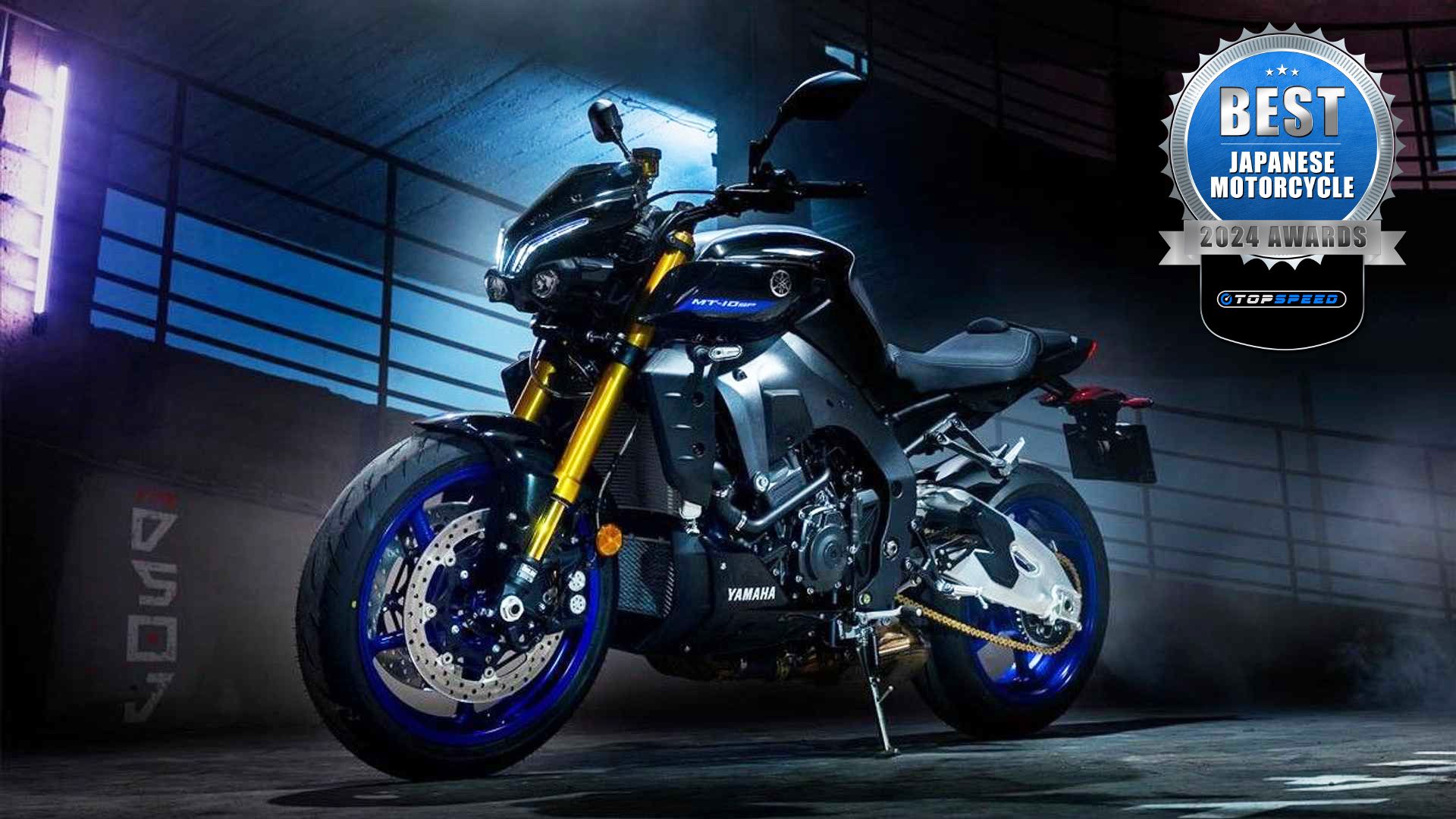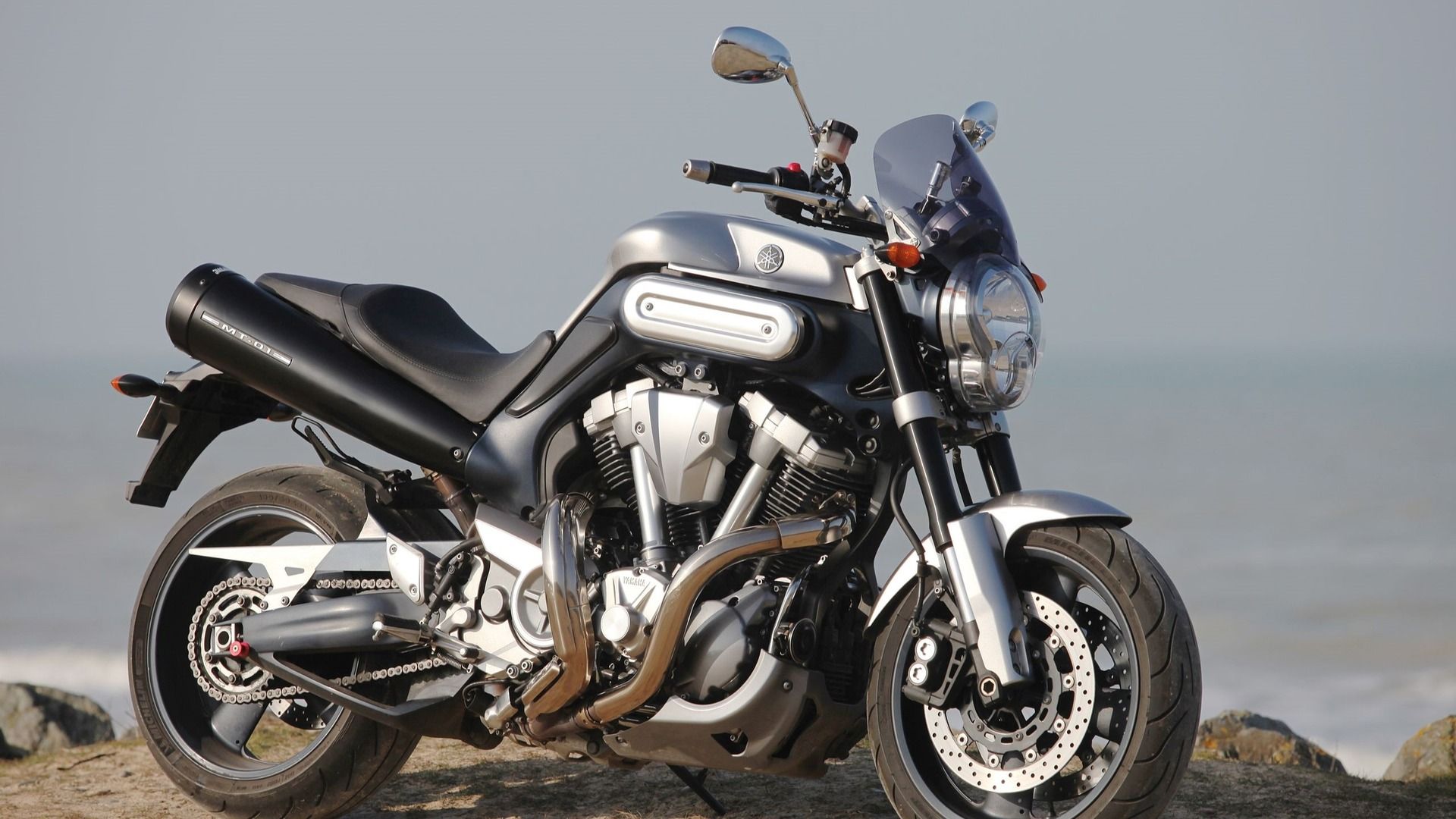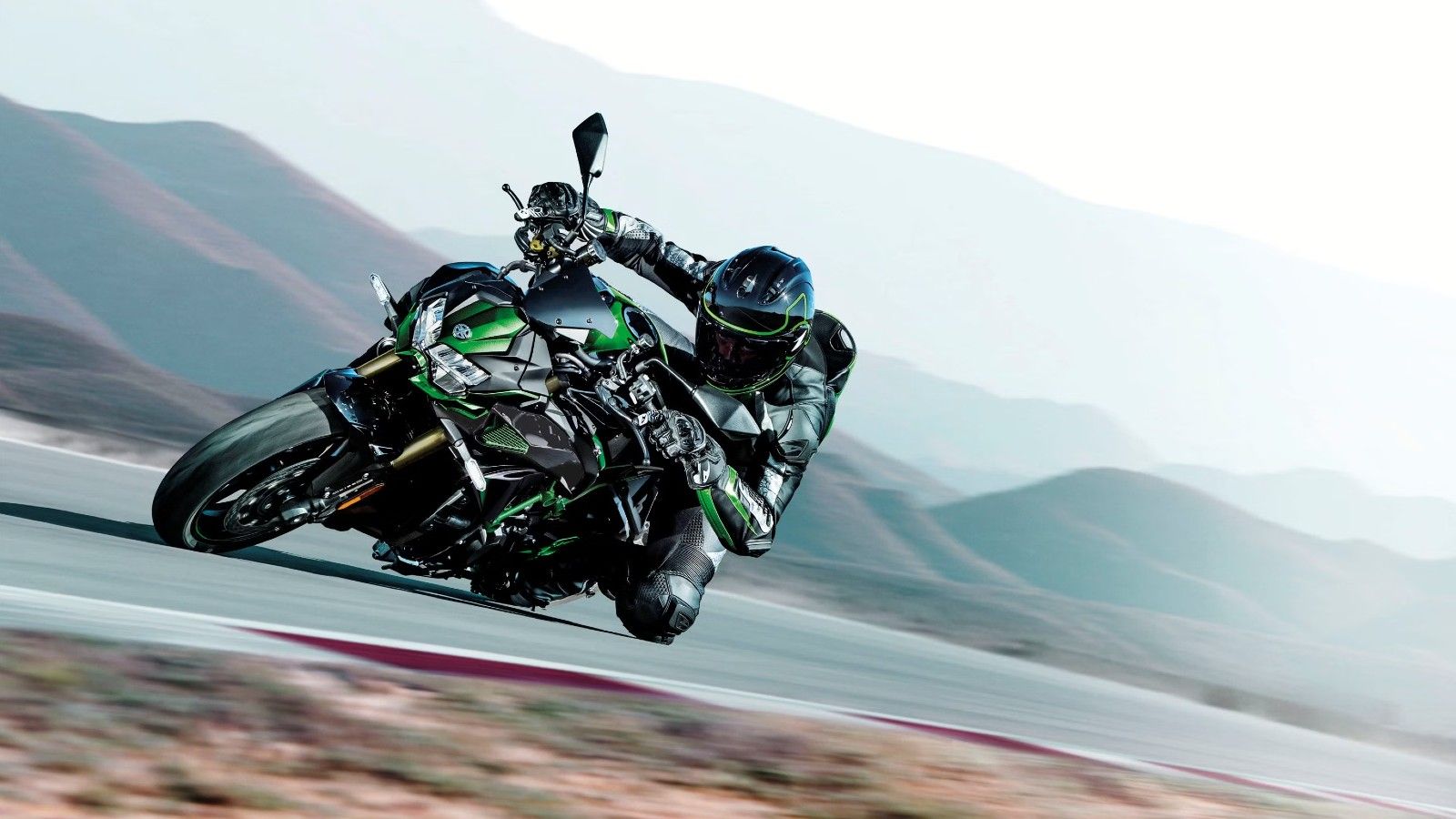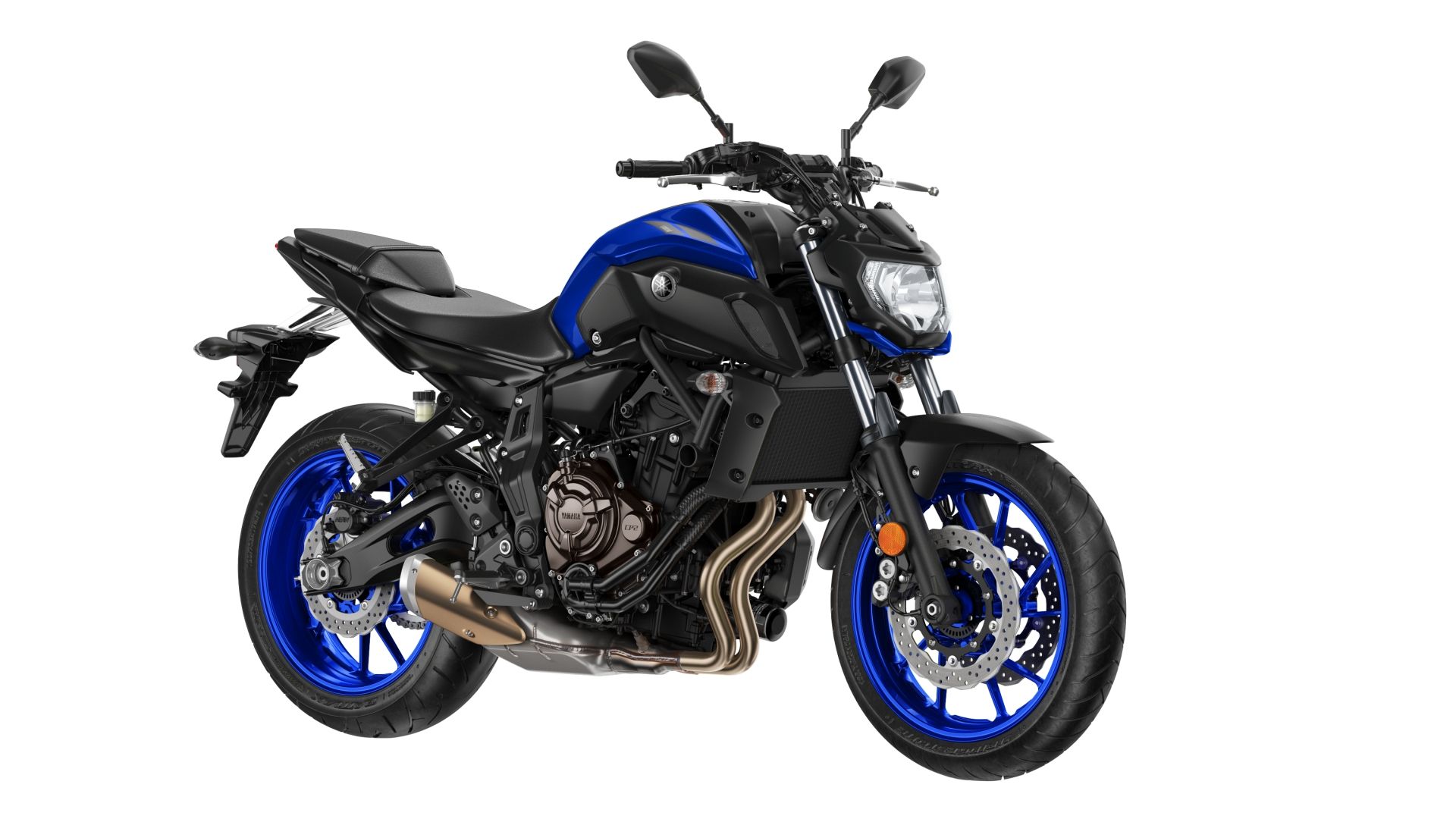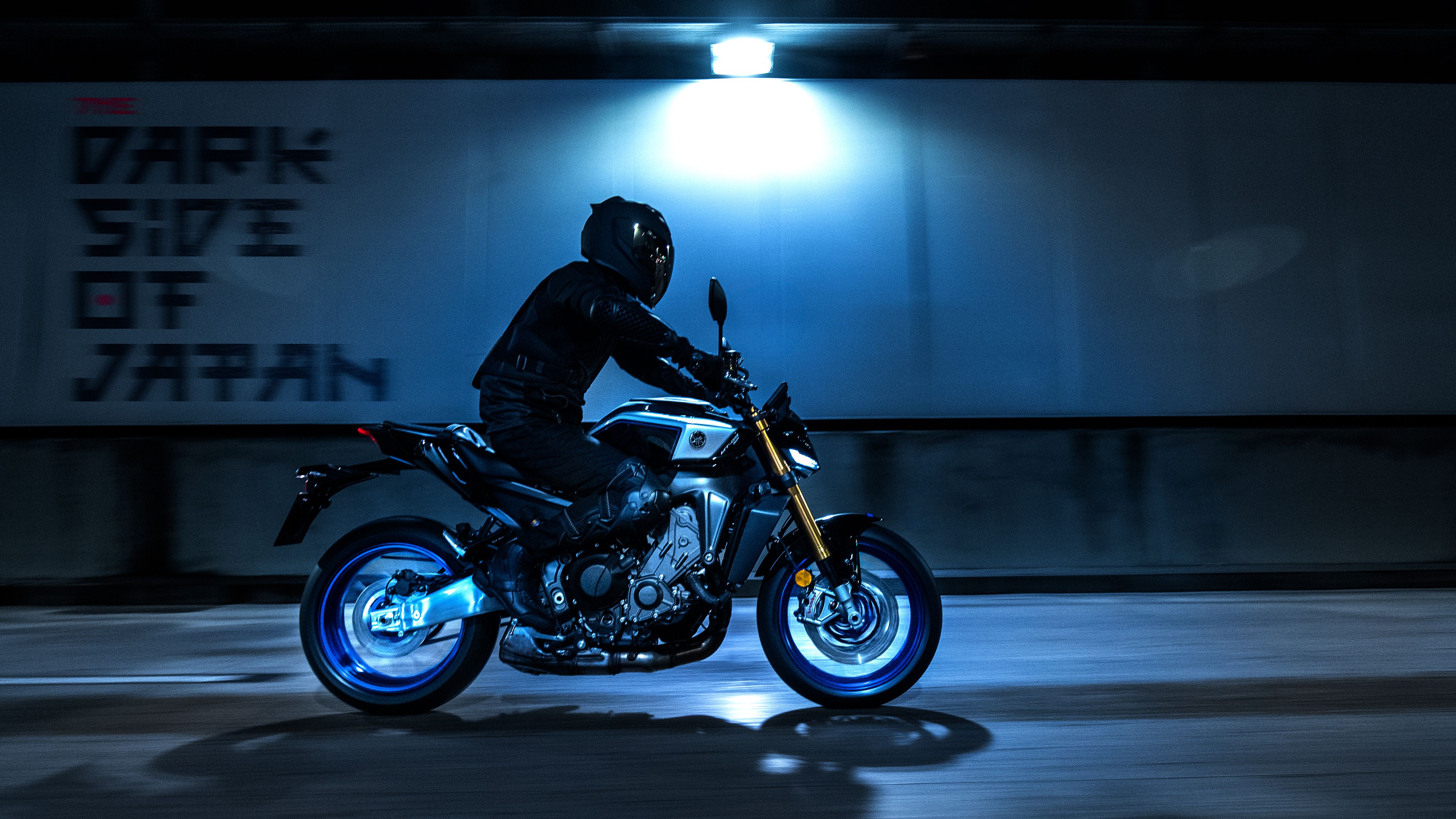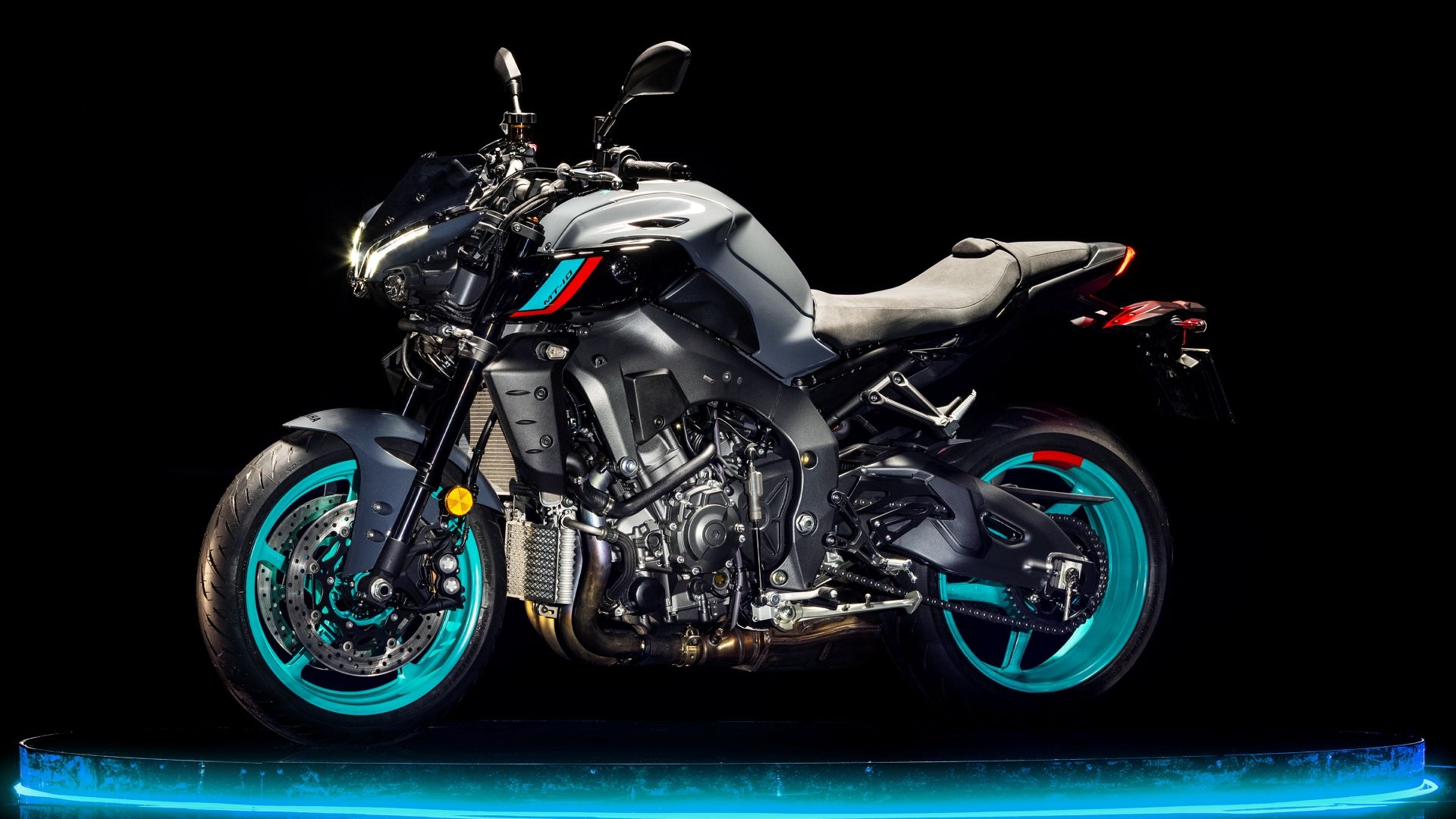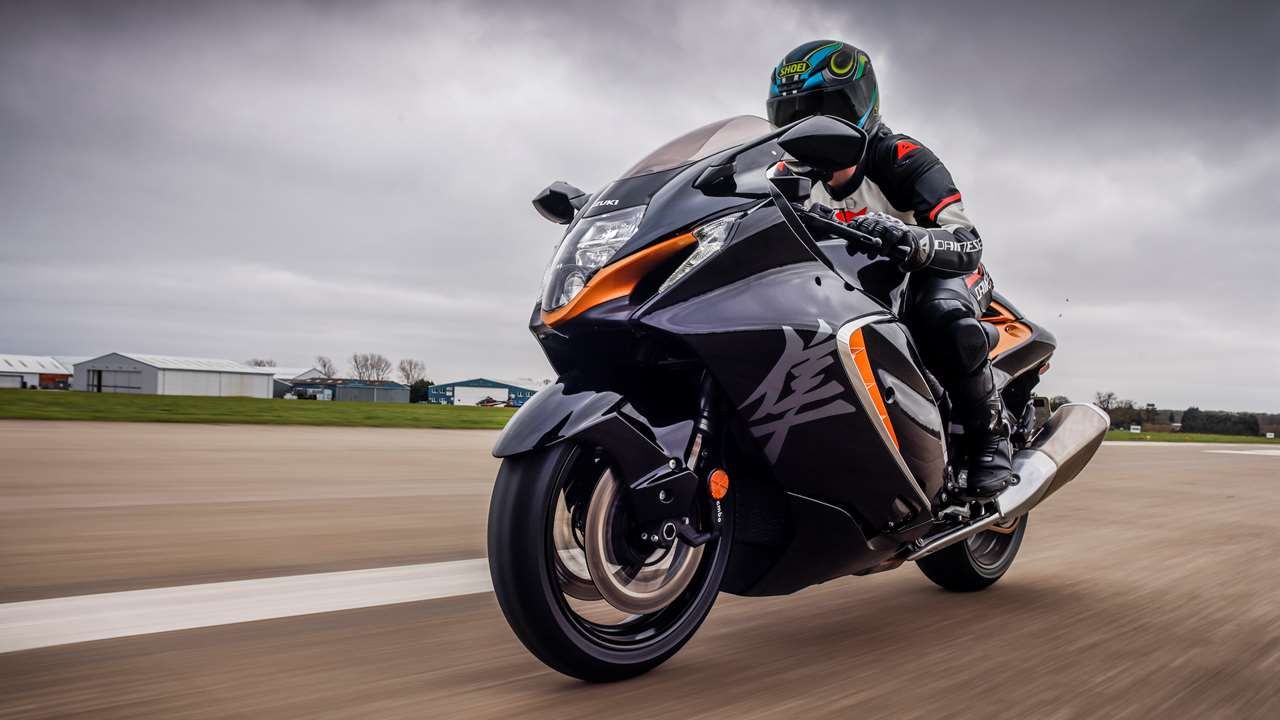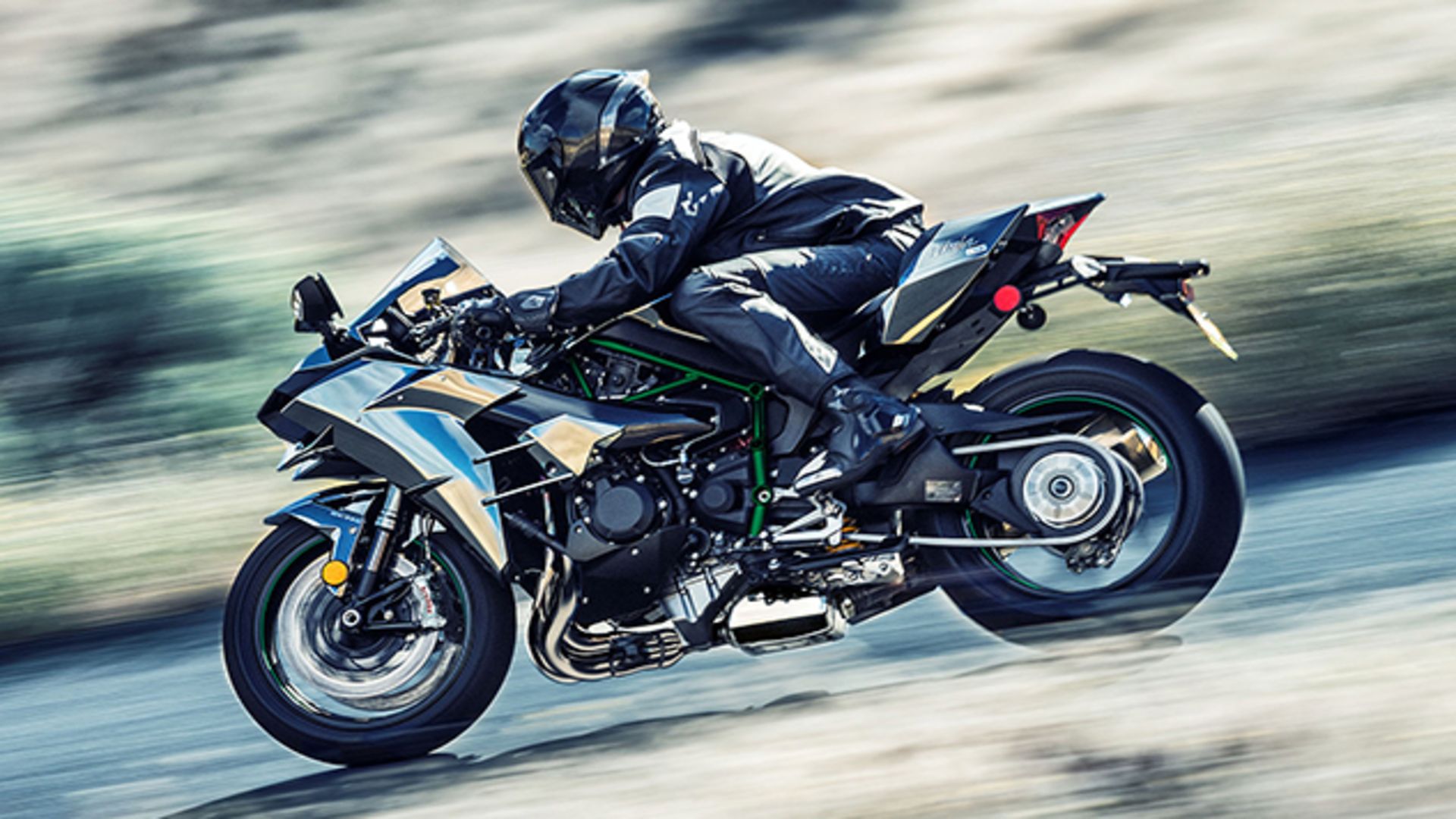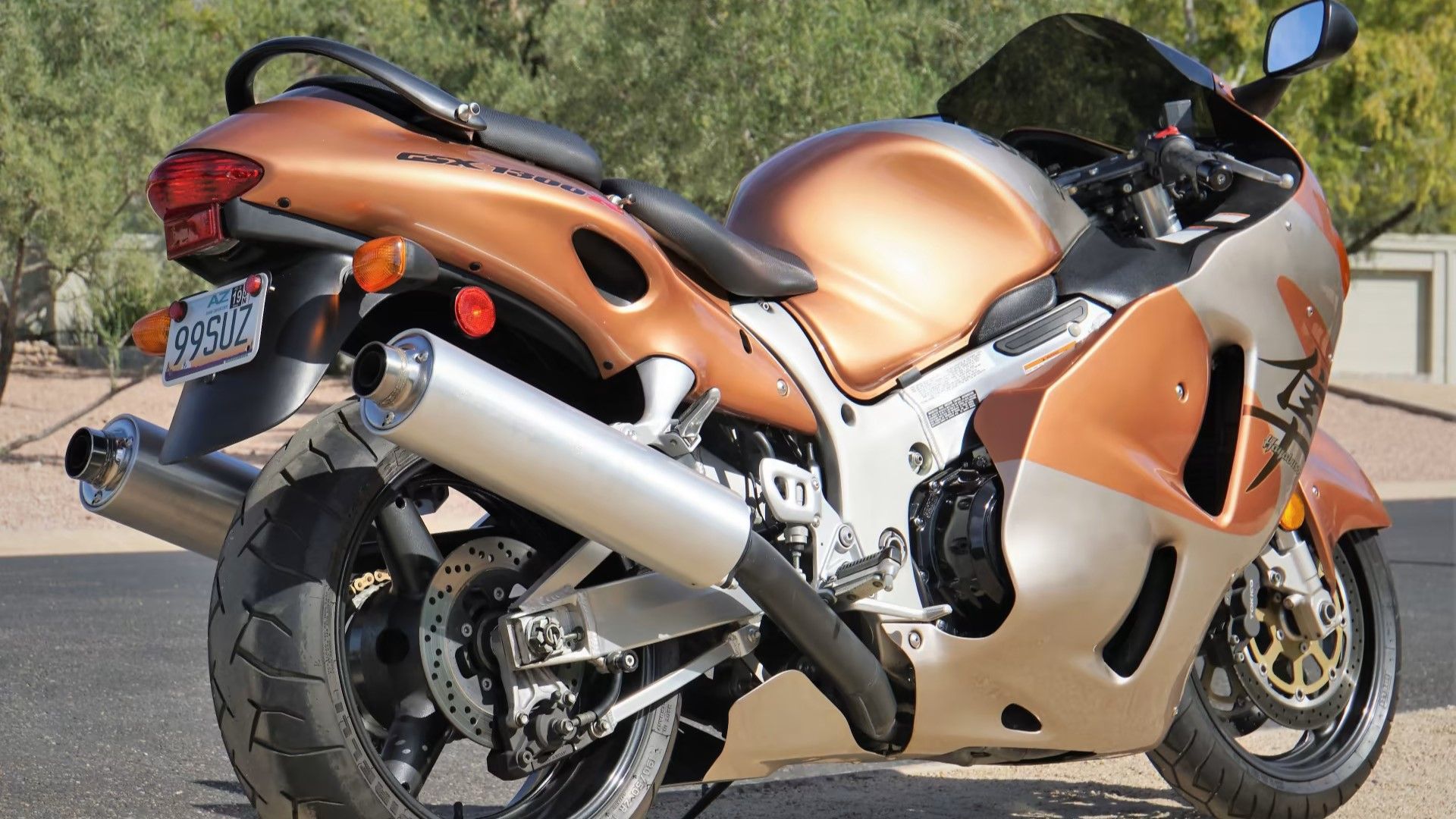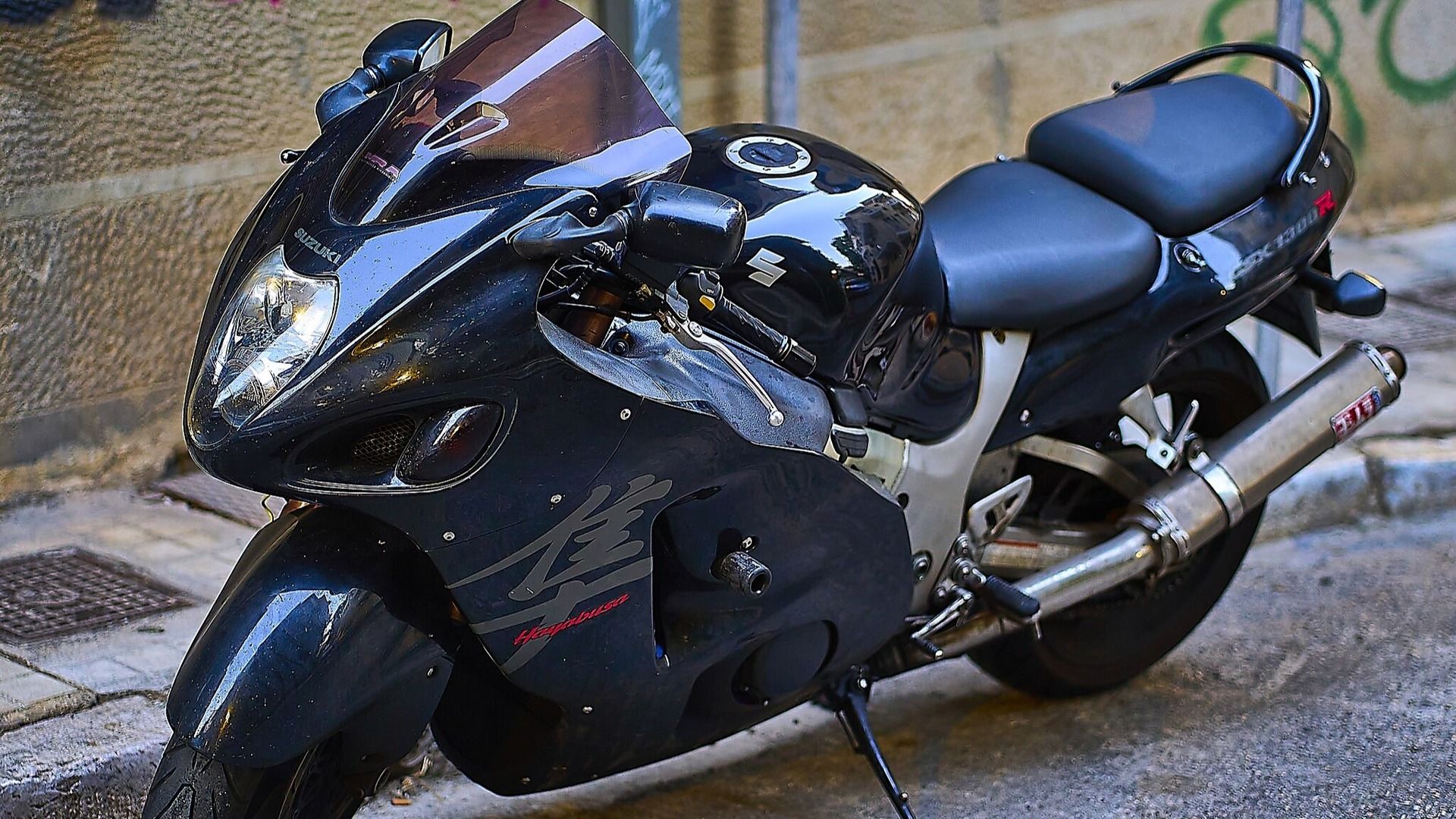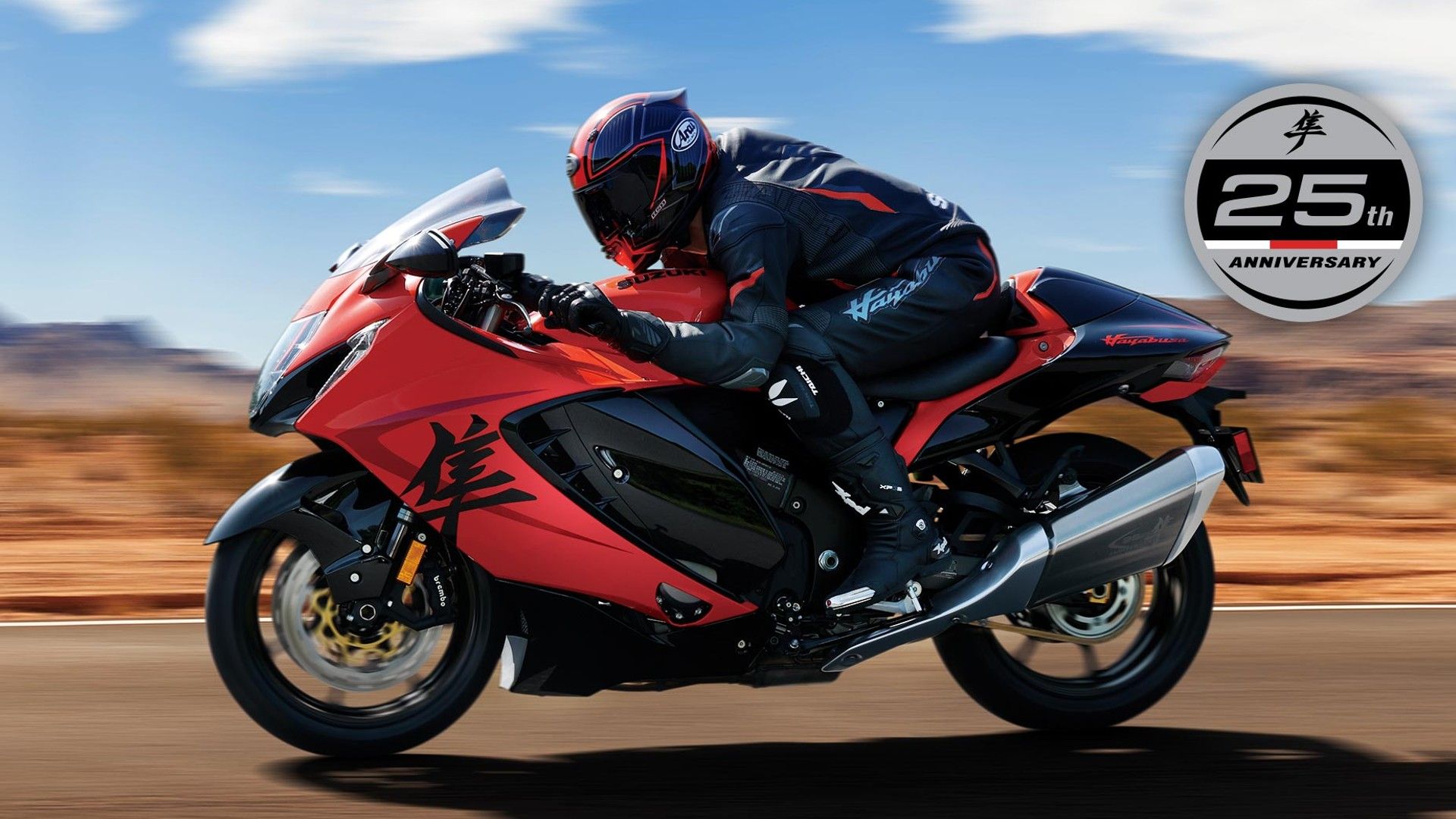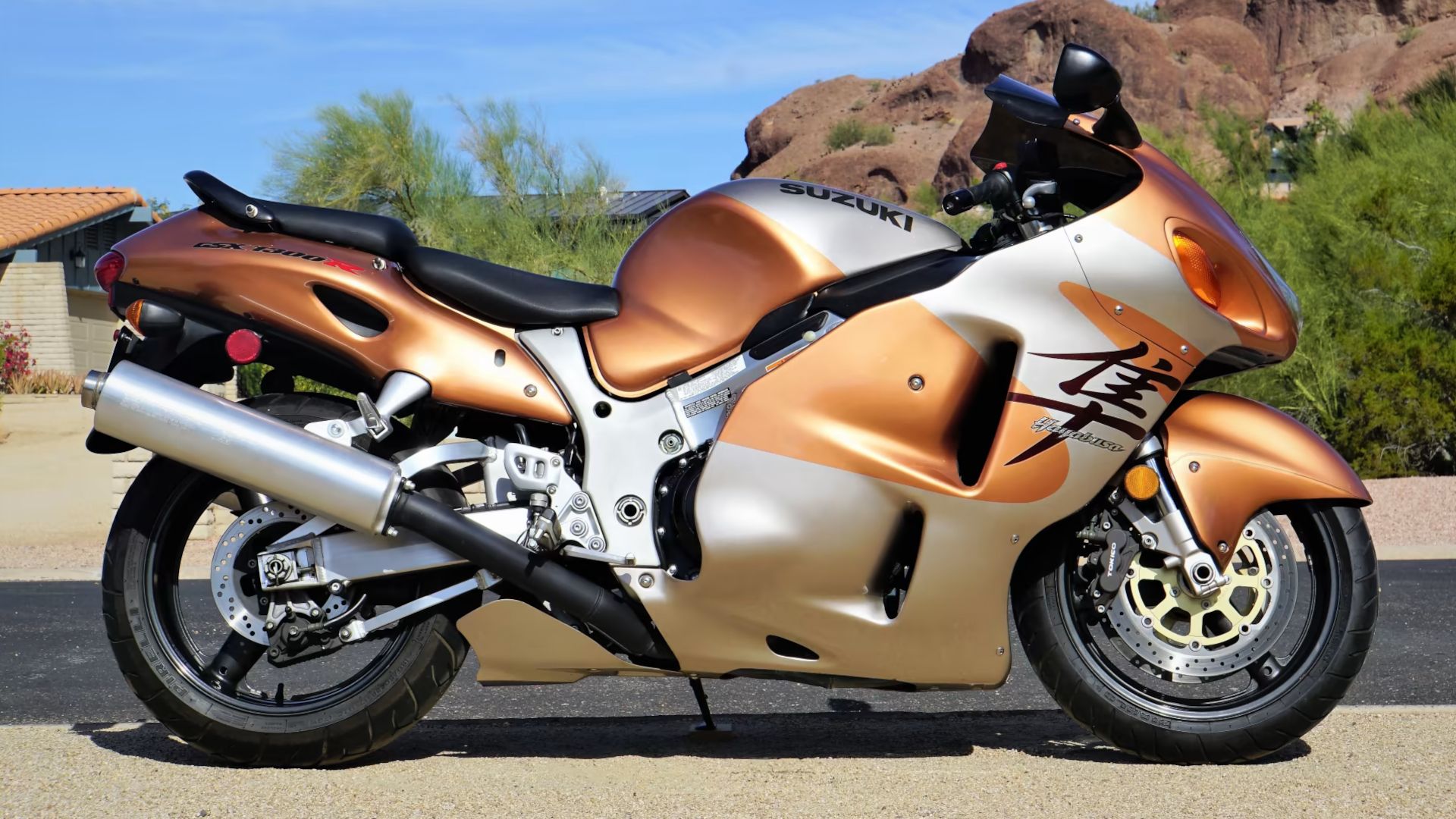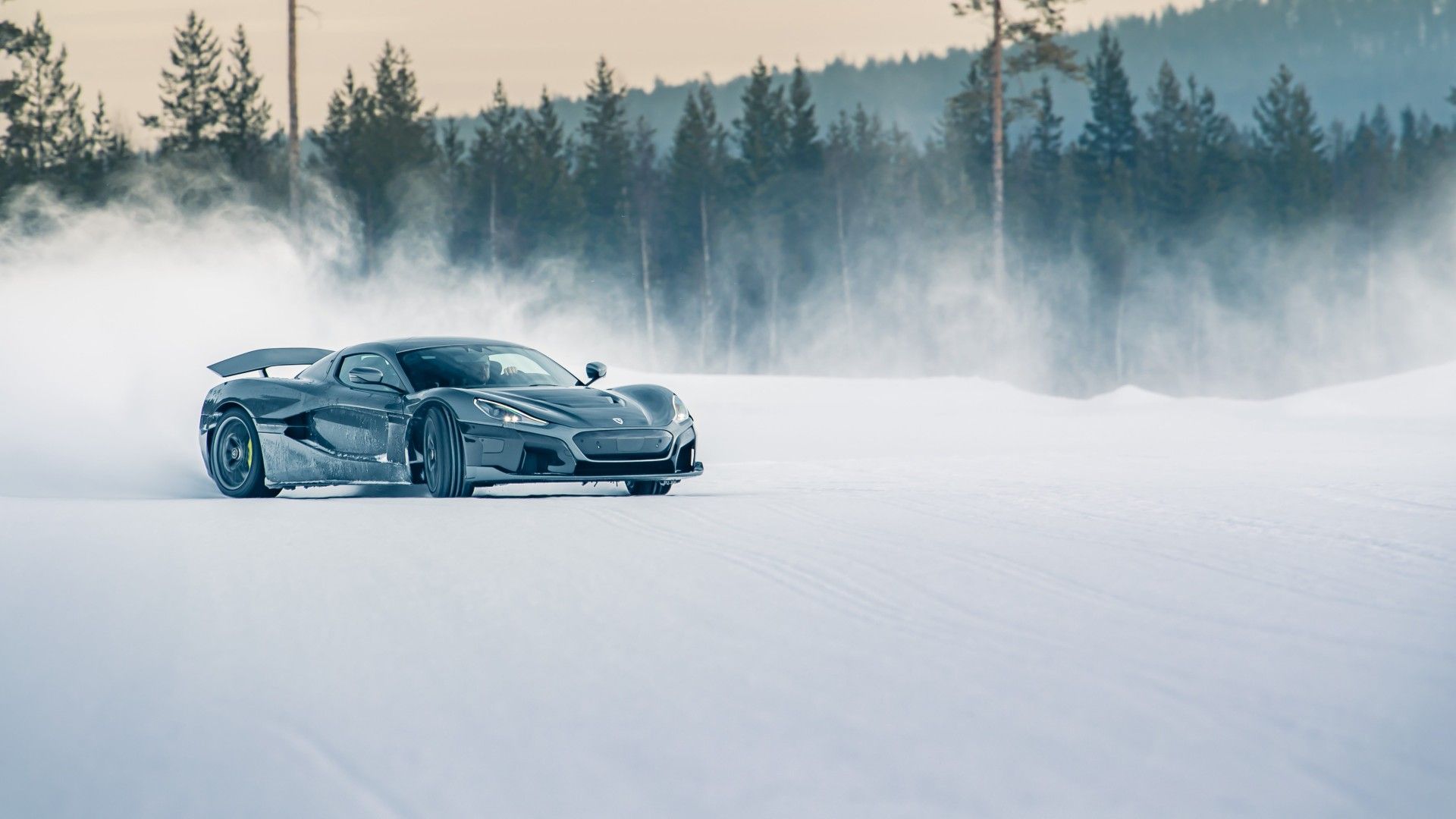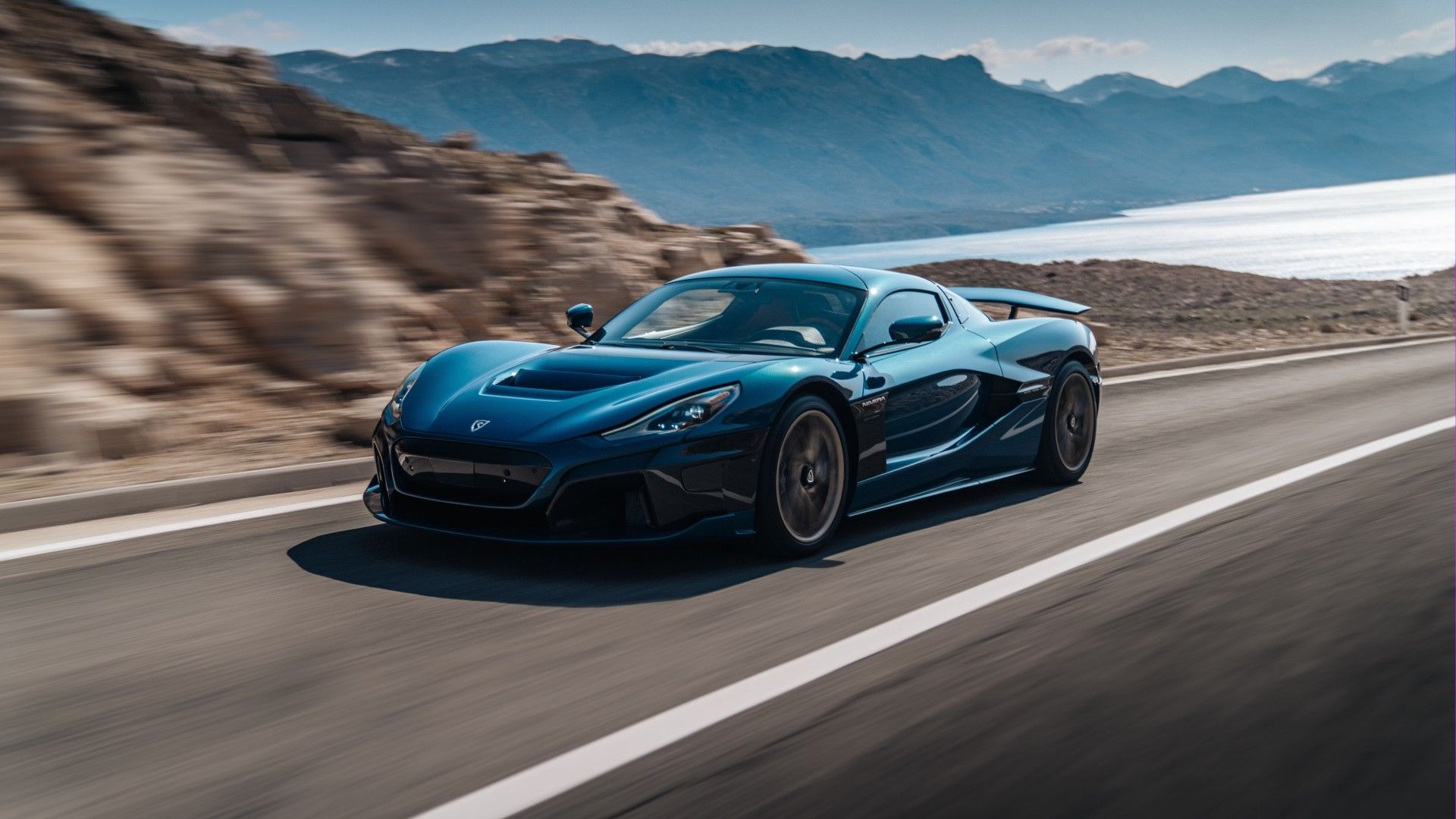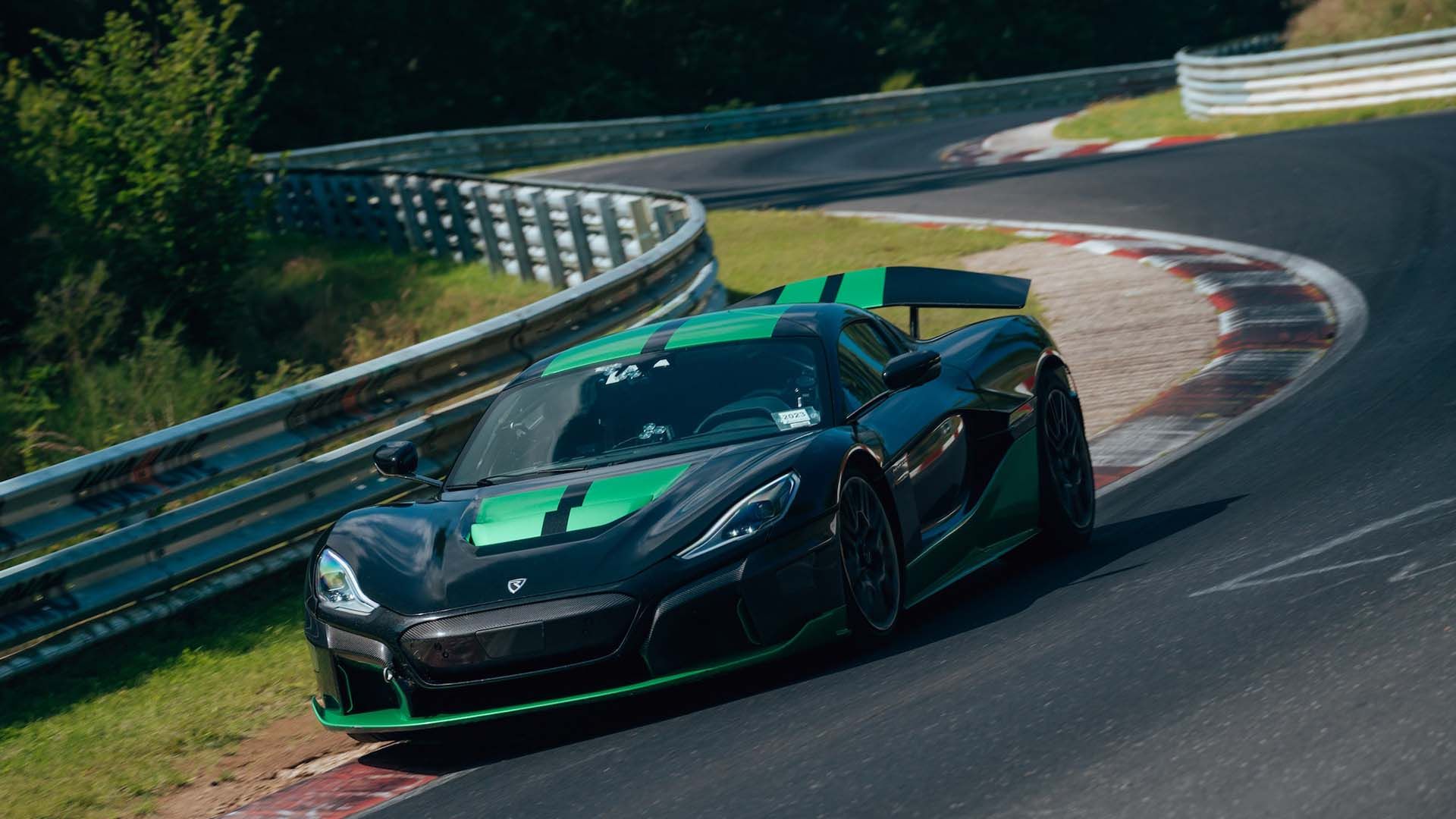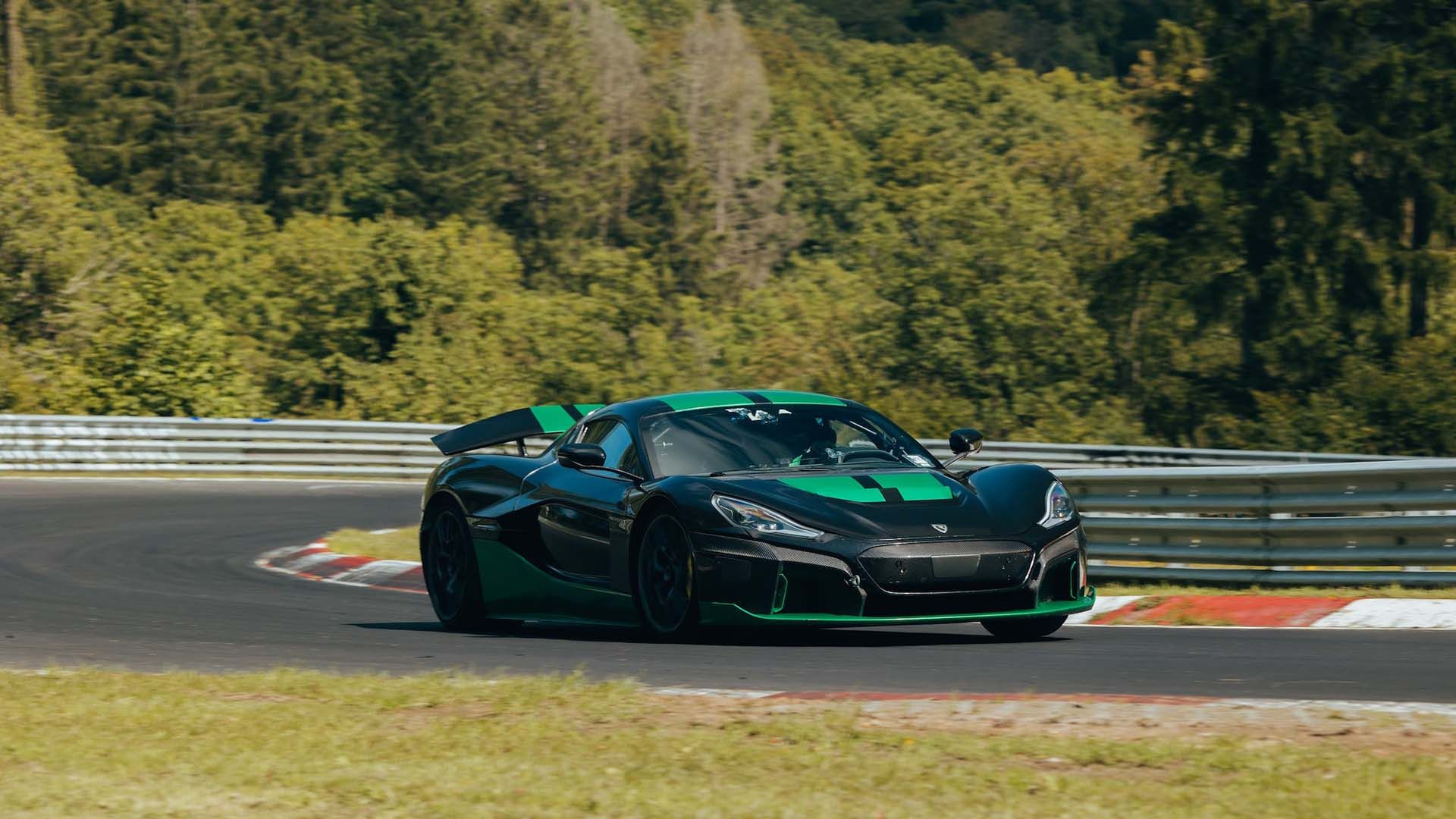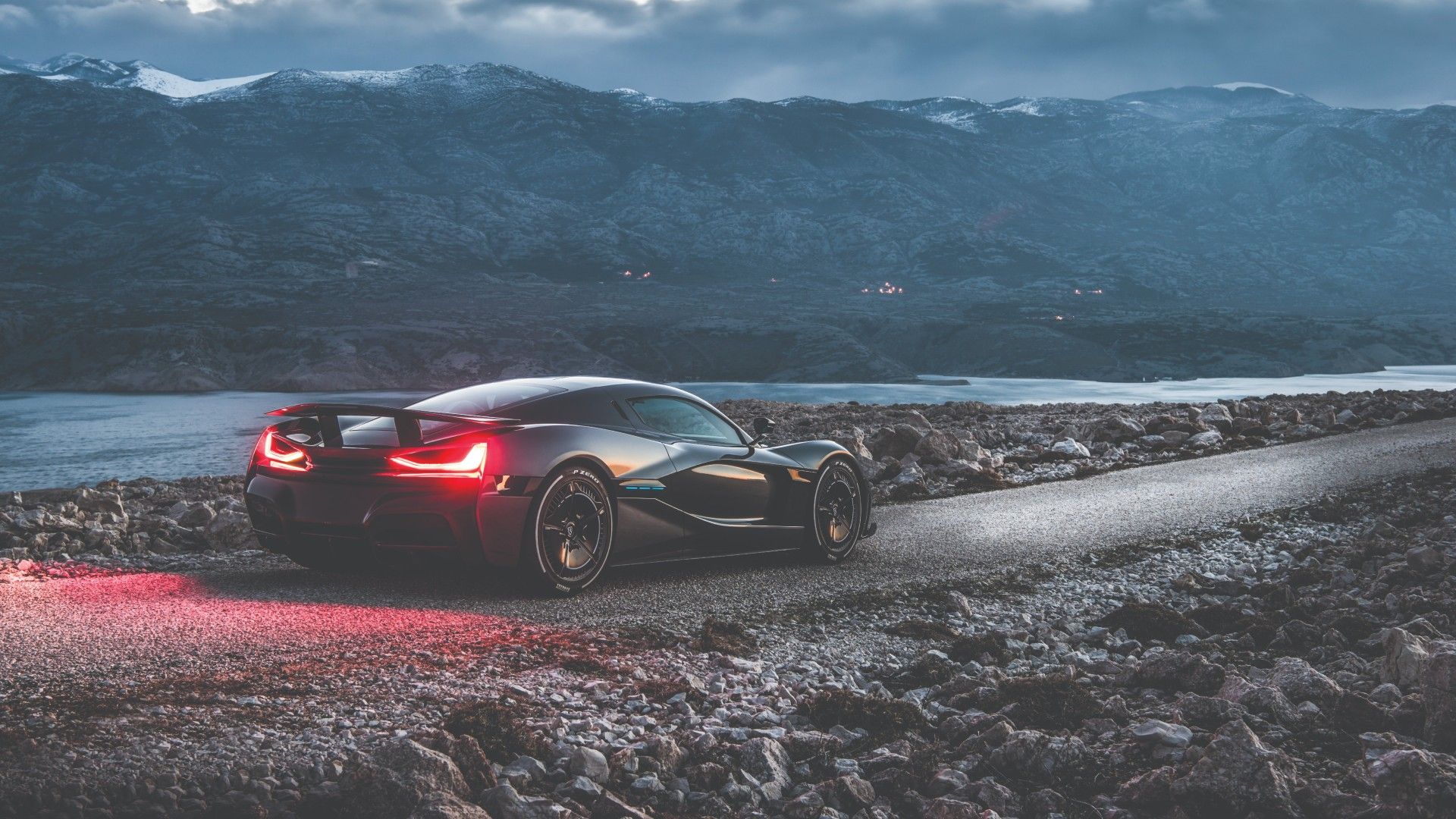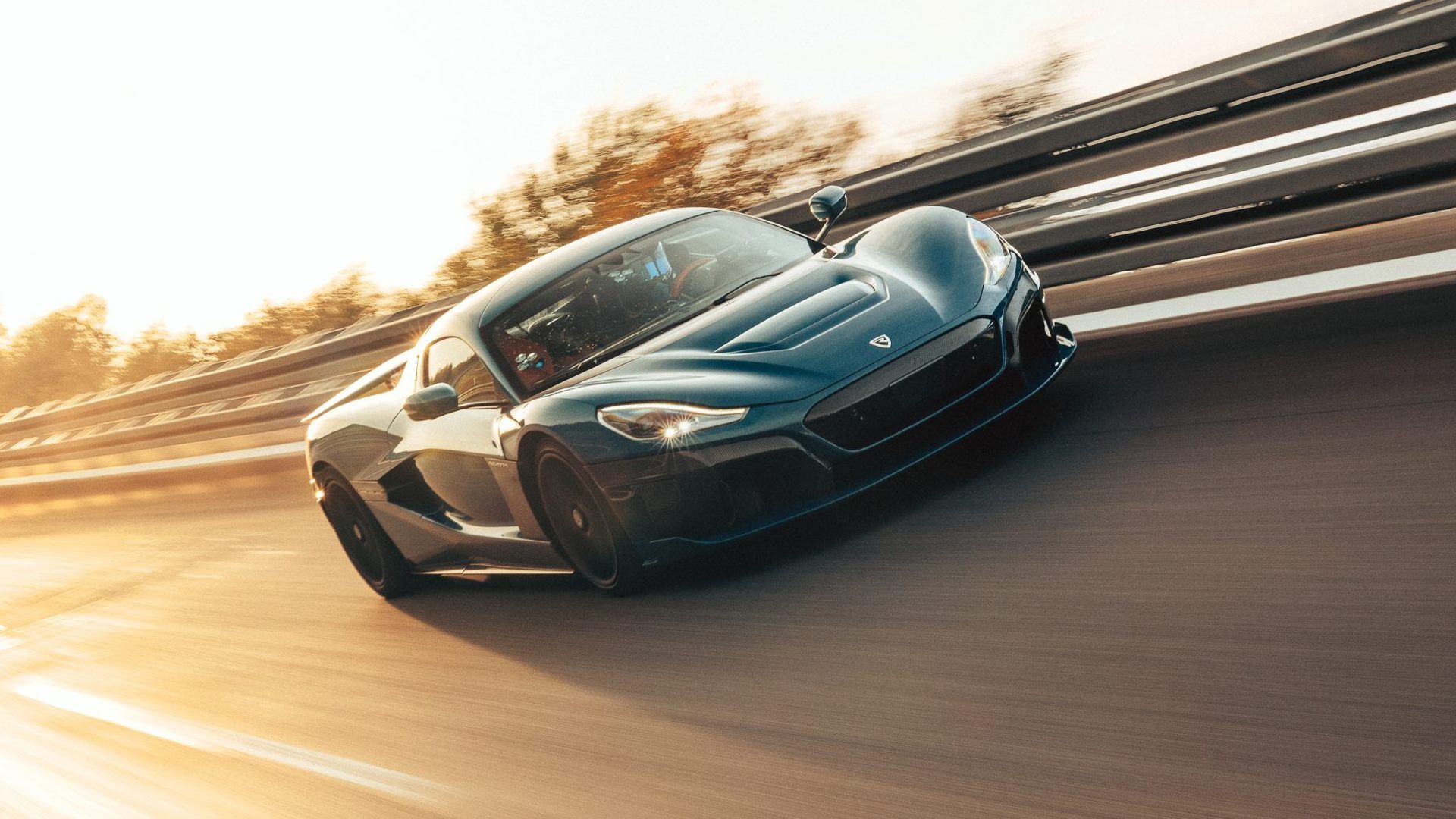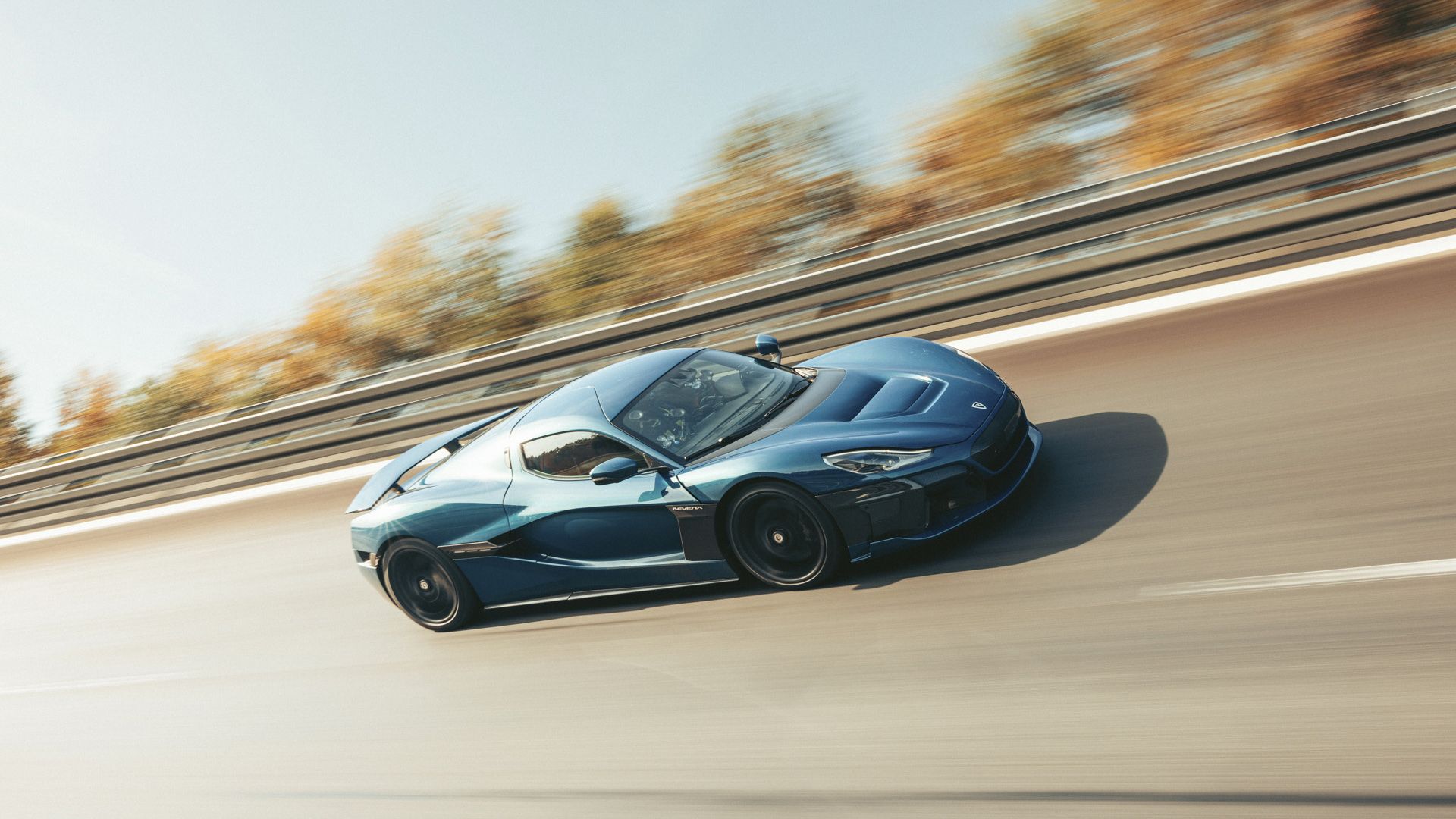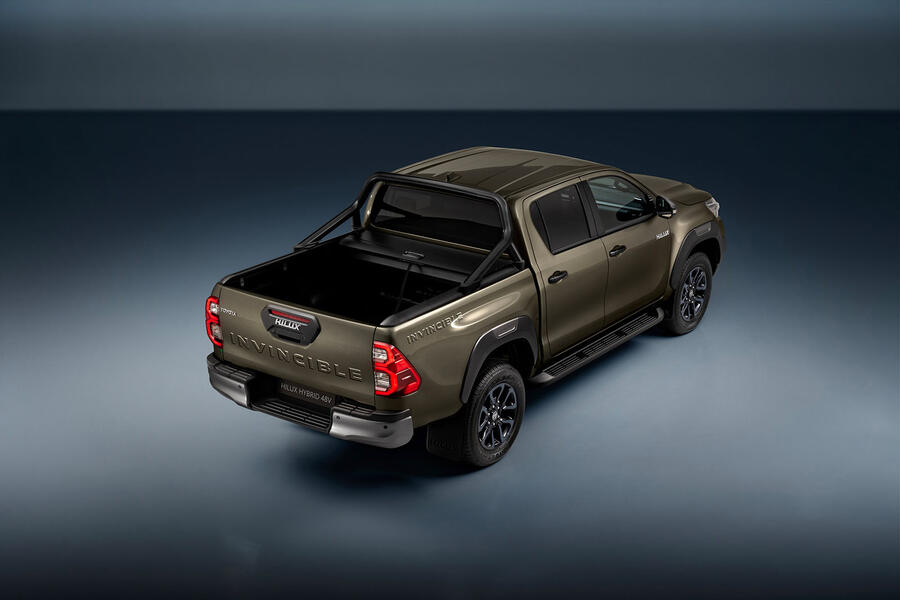# 10 Classic Muscle Cars That Are More Affordable Than Most People Realize
Classic cars are more than just cars; they are symbols of raw horsepower, speed, and a bygone era where all-American innovation and engineering reigned supreme. For many enthusiasts, owning and driving one of these classics has remained a far-off dream as the price of classic cars skyrockets and fewer and fewer good-condition cars remain on the market. There is still hope, however, for those chasing the thrilling smell of burning rubber, and [the low rumble of a V-8 engine](https://www.topspeed.com/greatest-american-v-8-engines-ever-made/).
Whether looking at some classics from manufacturers like Dodge, GM, or [Ford](https://www.topspeed.com/tag/ford/), we dive into some of the iconic beasts that have managed to dodge rising prices and remain at a reasonable level. These awesome hidden gems offer as much exhilaration as some of the most sought-after muscle cars on the market without an absurd price tag attached to them.
There are tons of reasons to consider these incredible American-made masterpieces, whether you’re a seasoned muscle car enthusiast, or you’re new on the scene and looking for an entry point. We scoured [Bring A Trailer](https://bringatrailer.com/) to find the most budget-friendly muscle classics on the market.
In order to give you the most up-to-date and accurate information possible, the data used to compile this article was sourced from various manufacturer websites and other authoritative sources, including CarInfo, Fastest Laps, and the press releases of various automakers. Bring a Trailer was used for the average used prices. We ranked these cars from the lowest to highest average used price.
Related: [The Top Muscle Cars Of The 60s And 70s](https://www.topspeed.com/top-muscle-cars-of-the-60s-and-70s)
## 10. 1971 Ford Maverick Grabber
Average Used Price: $15,000

The cheapest car on our list, the Maverick, was introduced as an import fighter, meant to take on the likes of Datsun and Toyota. What Ford didn’t expect was that the Maverick would become so popular that they sold almost 400,000 more Mavericks than Mustangs in its first year on the market in 1970. In 1971, they made the Grabber trim level its own model and brought muscle to the line-up.
### Maverick Grabber Performance Specifications
– Engine: 4.9-liter Naturally Aspirated V-8
– Transmission: 3-Speed Automatic
– Horsepower: 210 HP
– Torque: 296 LB-FT
– Driveline: RWD
– 0-60 MPH: 6.4 Seconds ([HotCars](https://www.hotcars.com/original-ford-maverick-detailed-look/#:~:text=Lastly%2C%20in%201973%2C%20the%20Grabber,quarter%20mile%20in%2016.4%20seconds.))
– Top Speed: 119 MPH
_(Data was sourced from FastestLaps)_
The Maverick is underestimated by many but offers incredible value, even by today’s standards. Despite it [not being nearly the most powerful car on the list](https://fastestlaps.com/models/ford-maverick-grabber), the Maverick makes up for this by being good-looking and incredibly beginner-friendly.
### Pros
– Its simplicity makes it incredibly easy to work on
– Grabber or Stallion packages make it even more aggressive
– Super easy to tune to Mustang levels
### Cons
– A lot of them have been beaten to death by previous owners
– Most have been tuned or modified (this could compromise the car)
– It being cheap means cheap stock parts (like drum breaks)
## 9. 1982 Pontiac Firebird Formula
Average Used Price: $17,500

Moving up the price chain a little bit is the 1982 Pontiac Firebird Formula. While the most popular Firebirds come from the nameplate’s first and second generations, the third-generation is a used bargain and will still offer tons of thrills.
### Performance Specifications
– Engine: 5.0-liter Naturally Aspirated V-8 Engine
– Transmission: 5-Speed Manual or 4-Speed Automatic
– Horsepower: 165 HP
– Torque: 240 LB-FT
– Driveline: RWD
– 0-60 MPH: 7.2 Seconds
– Top Speed: 124 MPH
_(Data was sourced from General Motors)_
The third generation of the Firebird brought about a number of changes, due to the gas and oil shortage of the 70s, the new Firebird had to consider fuel economy in its design. This meant that a lot of the models had less power.
### Pros
– Incredibly aerodynamic
– Sexy pop-up headlights
– 500 pounds lighter than the previous Firebird
### Cons
– Base engines are a little lackluster
– Not as cool or as powerful as the Trans Am
– Relatively good gas-mileage
## 8. 1968 Mercury Comet
Average Used Price: $17,500

The Mercury Comet entered its fourth generation in 1968 and came with a complete overhaul, now distinguishing itself from its spinoffs. The Mercury Cyclone, an enthusiast favorite, spawned from this generation of the Comet, being its performance-oriented trim and later spinning off into its own nameplate. This means the Comet often gets overlooked, but it was a brilliant car.
### Cyclone GT Performance Specifications
– Engine: 6.4-liter Naturally Aspirated V-8
– Transmission: 4-Speed Manual
– Horsepower: 340 HP
– Torque: 427 LB-FT
– Driveline: RWD
– 0-60 MPH: 6.6 Seconds
– Top Speed: 120 MPH
_(Data was sourced from FastestLaps)_
The Mercury Comet is an icon of the muscle car world and spawned several other nameplates.
### Pros
– Classic late 60s high horsepower engines
– Parts are very easy to come by
– Easy to work on
### Cons
– Was built as an economy car and it shows
– Not many were built, so availability is scarce
– Most don’t retain their original parts anymore
Related: [10 Fun Facts About The Forgotten Mercury Comet](https://www.topspeed.com/fun-facts-about-the-forgotten-mercury-comet/)
## 7. 1966 Dodge Dart GT
Average Used Price: $20,000

[The Dodge Dart is a legend in the world of drag racing](https://www.topspeed.com/10-things-you-may-have-forgotten-about-the-dodge-dart-sport/). Its lightweight chassis and the massive engine that sat at its heart were a recipe for incredible speed and mind-boggling acceleration. Most people have their eyes on the Hemi Dart from this generation due to the massive 7.0-liter engine it had, meaning the lower models got easily overlooked.
### Performance Specifications
– Engine: 4.5-liter Naturally Aspirated V-8
– Transmission: 3/4-Speed Manual or 3-Speed Automatic
– Horsepower: 182 HP
– Torque: 260 LB-FT
– Driveline: RWD
– 0-60 MPH: 10.6 Seconds
– Top Speed: 110 MPH
_(Data was sourced from CarInfo)_
It may not be a Hemi Dart but the [Dart GT was a completely capable muscle car](https://www.car.info/en-se/dodge/dart/dart-2-door-hardtop-45-v8-a3-1966-16775918/specs) and is a great starting point for any muscle car enthusiast hoping to garner themselves a project car.
### Pros
– Power to weight ratio is insane
– Tons of room for what is supposed to be a compact car
– Steering is tight and quick
### Cons
– Not a Hemi
– It may be a GT, but it definitely isn’t comfortable
– It was built for drag racing so don’t expect too many creature comforts
## 6. 1964 Chevrolet El Camino
Average Used Price: $20,000

The El Camino was a unique concept put forward by Chevrolet which combined the performance of a coupe with the utility of a pickup. It wasn’t until it was revived in 1964 as a muscle car that its real performance potential was realized.
### Performance Specifications
– Engine: 3.8-liter Naturally Aspirated V-6
– Transmission: 3/4-Speed Manual or 2-Speed Automatic
– Horsepower: 112 HP
– Torque: 190 LB-FT
– Driveline: RWD
– 0-60 MPH: 8.7 Seconds
– Top Speed: 104 MPH
_(Data was sourced from CarInfo)_
The second and third generations of the El Camino are by far the most desirable in terms of performance, hitting the market in the Golden Age of big engines producing big horsepower. The top-of-the-line SS El Camino obviously sells for a large sum, but there are plenty lower specced El Caminos that are an absolute bargain for the utility and the performance that they offer.
### Pros
– Style, performance, and utility wrapped into one
– Plenty of horsepower
– Cheaper than they’ve been in a while
### Cons
– Jack of all trades, master of none
– SS models are absurdly expensive
– If they were used as trucks wear and tear would be a given
## 5. 1982 Chevrolet Camaro Z28
Average Used Price: $22,500

The Chevrolet Camaro has been around almost as long as muscle cars. The third generation of the revered icon is far less talked about. After the oil and gas shortage in the 70s, most muscle cars disappeared off the face of the earth, but Chevrolet managed to keep their beast alive, albeit in a very unique state.
### Performance Specifications
– Engine: 5.7-liter Naturally Aspirated V-8
– Transmission: 4/5-Speed Manual or 3/4-Speed Automatic
– Horsepower: 230 HP
– Torque: 317 LB-FT
– Driveline: RWD
– 0-60 MPH: 6.3 Seconds
– Top Speed: 130 MPH
_(Data was sourced from Chevrolet)_
Top of the line for the third-generation Chevrolet Camaro was the Z28. In 1985 [the IROC package](https://www.topspeed.com/everything-you-need-to-know-about-the-chevrolet-camaro-iroc-z/), named after the International Race of Champions, was offered for the Z28 which featured a bunch of performance upgrades, including the LB9 5.7-liter V-8. The Camaro Z28 IROC is not particularly popular meaning it sells for an incredible bargain.
### Pros
– Incredible performance for the price
– Value has been steadily climbing over the past couple of years
– Isn’t just about straight-line speed
### Cons
– Polarizing design
– A blocky front end means it’s not the easiest car to see out of
– Lots of used IROCS have been driven to death
Related: [2003 Ford Mustang SVT Cobra: A Domestic Supra?](https://www.topspeed.com/ford-mustang-svt-cobra-terminator/)
## 4. 1993 Mustang SVT Cobra
Average Used Price: $25,000

The Ford Mustang is perhaps the most legendary name in the world of muscle cars. Even icons go through rough patches though. The 70s and 80s took its toll on Ford’s premier pony car but by the late 90s, it was starting to look like it was coming back to form. [This resurrection culminated in the SVT Cobra](https://www.topspeed.com/amazing-things-about-the-ford-svt-mustang-cobra/).
### Performance Specifications
– Engine: 4.9-liter Naturally Aspirated V-8
– Transmission: 5-Speed Manual
– Horsepower: 235 HP
– Torque: 280 LB-FT
– Driveline: RWD
– 0-60 MPH: 140 MPH
– Top Speed: 6.3 Seconds
_(Data was sourced from Ford)_
The SVT Cobra was introduced in 1994 and ran all the way until 2004. Its performance and general engineering philosophy laid the groundwork for the 2007 Shelby GT500. The best SVT Cobra model year to buy is the one sold in 2003, nicknamed the Terminator for its incredible speed and power, it does however come with a substantial price increase.
### Pros
– Massive amounts of horsepower
– Racing is in its veins
– Value has been on a rapid incline
### Cons
– The better-performing SVT Cobras are much more expensive
– Plastic-y interior
– Incredibly plain-looking
## 3. 1964 Mercury Cyclone
Average Used Price: $27,500

[Starting its life out as the Mercury Comet Cyclone](https://www.topspeed.com/fun-facts-about-the-forgotten-mercury-comet/), this incredible muscle car became its own nameplate in 1968. It wasn’t until a couple of years later that it really started to get noticed, and it became a killer of much bigger and more established muscle cars everywhere.
### Cobra Jet Performance Specifications
– Engine: 7.0-liter Naturally Aspirated V-8
– Transmission: 4-Speed Manual or 3-Speed Automatic
– Horsepower: 365 HP
– Torque: 480 LB-FT
– Driveline: RWD
– 0-60 MPH: 5.5 Seconds
– Top Speed: 189 MPH
_(Data was sourced from CarInfo)_
All Mercury Cyclones have their own appeal but the best in terms of pure power was the third generation which hit the market in 1968 when they dropped ‘Comet’ from their names. That year it set a [world record top speed at Daytona of 189 MPH](https://www.nascarhall.com/blog/dodges-at-daytona). If you can get your hands on the revered Cyclone Spoiler without breaking the bank you will have netted yourself one of the best-performing muscle cars of the era. The Cobra Jet pushed this even farther, but they are incredibly rare, and their price point is definitely not beginner-friendly.
### Pros
– Incredibly hard to come by
– Power that far exceeds expectations
– More comfortable than other horsepower-heavy beasts of the age
### Cons
– Their value doesn’t really match their rarity
– Not the most agile of cars
– Best-performing models can become fairly pricey
## 2. 1969 Ford Torino GT
Average Used Price: $27,500

In 1968 Ford redesigned its intermediate Fairlane and needed a car to replace it in the lineup, [thus the Torino was born](https://www.topspeed.com/heres-all-you-need-about-the-forgotten-but-amazing-ford-torino-gt/). The most performance-oriented model was the Torino GT which came in either hardtop or convertible body styles and was one of the coolest-looking cars of the era.
### Performance Specifications
– Engine: 4.9-liter Naturally Aspirated V-8
– Transmission: 3/4-Speed Manual or 3-Speed Automatic
– Horsepower: 223 HP
– Torque: 300 LB-FT
– Driveline: RWD
– 0-60 MPH: 6 Seconds
– Top Speed: 131 MPH
_(Data was sourced from CarInfo and Ford)_
The Torino GT came standard with tons of horsepower and enough in the way of performance to compete with cars well above its class. What was more impressive than its acceleration, which wasn’t lackluster by any means, was the handling of the Torino. It wasn’t just a muscle car built for straight-line speed but could tackle corners with ease.
### Pros
– Beefy 4.9-liter V-8 as standard
– The value of good-condition Torinos is beginning to skyrocket
– Bucket seats are standard
### Cons
– The high-performance CJ model is unattainably expensive
– Heavier than a Mustang
– Power steering is not a given
Related: [What Made The Ford Torino Talladega Truly Special](https://topspeed.com/what-made-ford-torino-talladega-special/)
## 1. 1982 Pontiac Firebird Trans AM
Average Used Price: $30,000




